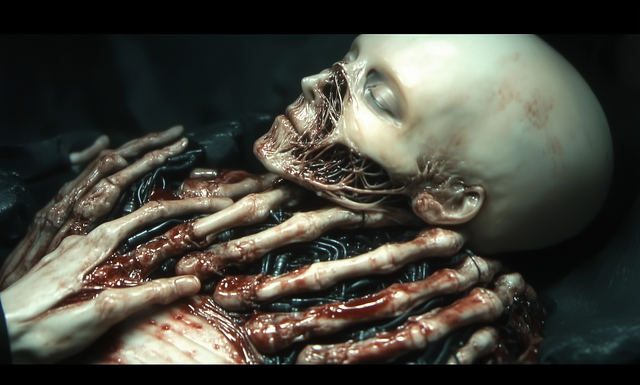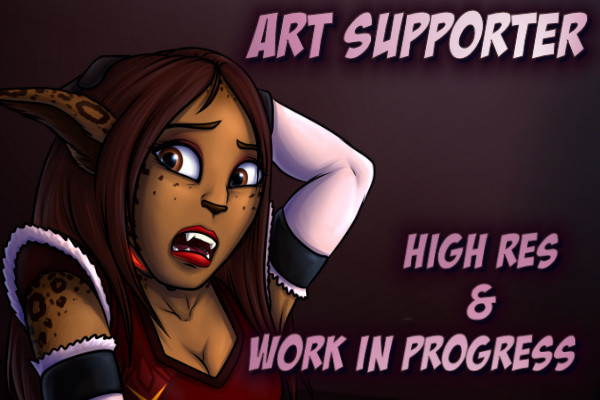HOME | DD
 BluE3 — Pixel Blending + Shading Tips
by-nc-nd
BluE3 — Pixel Blending + Shading Tips
by-nc-nd

Published: 2011-06-13 02:08:23 +0000 UTC; Views: 45150; Favourites: 1099; Downloads: 570
Redirect to original
Description
In-depth Anti-Aliasing Tutorial: blue3.deviantart.com/art/Anti-…Learn a few tips and tricks for pixel art.
Feel free to post any questions or comments about the tips.
Update- Picking Anti-alias colors:
First, you pick a hue that is between the hue of the two colors you have.
For instance, if your two colors are red and yellow, you would pick orange.
Now, along the edge where the colors meet, there are two places that you could place this new color. One is on the red pixels, the other is on the yellow pixels.
If you put it on the yellow pixels, adjust your hue for orange to be more yellow-orange color.
If you put it on the red pixels, adjust the hue to be more red-orange in color.
Also, change the saturation, and brightness just a tiny bit. Try to get the saturation and brightness between that of the original two colors.
-- community for pixel artists from total beginners to experts to learn and teach and grow together.
Related content
Comments: 68

...
Wait a minute...
I damn well hope youre a girl or a straight guy.
xDD
👍: 0 ⏩: 1

I think it's what they do in teams in football and sports... shows camaraderie ... I saw it on the TV once...
👍: 0 ⏩: 1

Dithering is cool but antialiasing with Paint is blasphemous! 
👍: 0 ⏩: 1


👍: 0 ⏩: 0

Sure. First, you pick a hue that is between the hue of the two colors you have.
For instance, if your two colors are red and yellow, you would pick orange.
Now, along the edge where the colors meet, there are two places that you could place this new color. One is on the red pixels, the other is on the yellow pixels.
If you put it on the yellow pixels, adjust your hue for orange to be more yellow-orange color.
If you put it on the red pixels, adjust the hue to be more red-orange in color.
Also, change the saturation, and brightness just a tiny bit. Try to get the saturation and brightness between that of the original two colors.
👍: 0 ⏩: 0

- ;akfh'selkg it's so wondahful!!!!!Could you tell me how I would pick other colors in the anti-aliasing steps?
👍: 0 ⏩: 1

Woops, replied in the wrong place... check below xD
👍: 0 ⏩: 1
<= Prev |




























